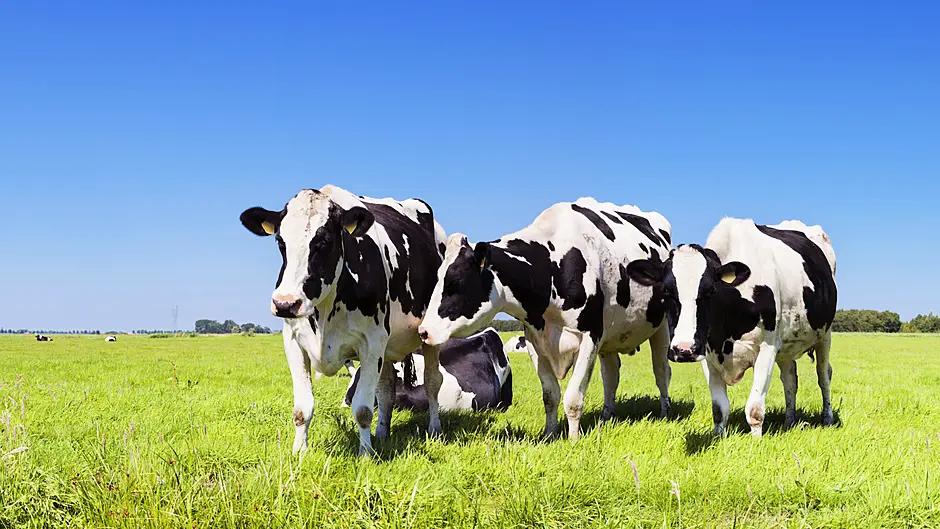SPREADING milk mixed with water on grass is something some scientifically-minded farmers are trying out to improve soil structure.
It might sound a little ‘out there,’ but milk is an organic substance and it ‘increases biological activity in the soil by feeding it’, says Leslie Dwyer.
‘Milk is a readily available food source for bacteria and may stimulate specific bacteria in the soil to grow and also release a small amount of stored nitrogen. It’s something that can be done at least once a year,’ said Leslie who is a firm advocate for challenging beliefs around traditional use of inputs to improve soil structure.
‘We’re in a new era when it comes to the knowledge that’s available to us, the research is out there, and farmers need to tap into that,’ said Leslie who is also an advocate for using foliar urea – mixing soluble urea with water to apply directly to grass to reduce nitrogen inputs.
He runs APS BioAg where he provides natural solutions to improve soil health, as well as plant and animal health. Based in Kildare, the Kerry native is passionate about working with soil biology and making the most of the resources already there.
‘For example there is an average of 1,500 kg/ha of phosphorous locked up already in top soil on grassland farms. And if chemical nitrogen and phosphorous is applied above optimum levels, the soil microbes that normally release locked-up nutrients are affected and a large percentage become dormant in the case of the nitrogen family of bacteria. For phosphorus bacteria they literally have no work to do so it’s like putting them on the dole. They become dormant, and then the cycle of the soil is disrupted and the structure starts to break down. If the base level of biology drops, worms don’t get to feed and breed, which impacts the drainage, and the land becomes poorly structured. In some cases this leaves ground more prone to water logging because water cannot infiltrate down through the soil and relies on evaporation upwards,’ he said.
Farmers tend to do what the research tells them, but Leslie points out there’s been vast research done on soil biology in the US and Europe.
‘Our forefathers were much better at this than us and we can learn by looking back at some of the techniques they had. They understood the power of the earthworm and healthy soil.’
However, he said, farmers this year are more financially motivated to try new things, since the massive price increases in fertiliser.
Leslie appreciates that a change in mindset is needed to farm like this, but he suggests trying out a biological programme on a small percentage of the farm.
Ballinascarthy farmer Jonathan Nyan has worked with Leslie and said ‘early indications look positive.’
‘We spread two of his products on grass last year and definitely saw a response. The areas where we spread stayed greener than the rest of the paddocks,’ he said.
He’s motivated by an environmental consciousness. ‘We wanted to be a step ahead with what we do, rather than trying to catch up at the last minute,’ he said.








